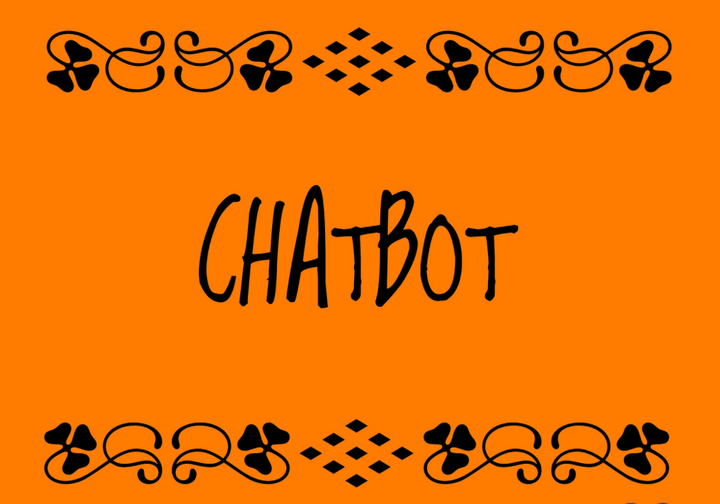
Facebook’s goal with integrating chatbots into its Messenger app were noble: bots should answer any of the Messenger user’s questions, independently carry out orders and automatically complete payment transactions. Facebook wanted to build a completely carefree platform, comparable to the Chinese ecosystem WeChat – an artificially intelligent operating system within the large operating systems Android and iOS.
Recently, however, the social network reported disillusioning failure rates. The Messenger bots fail to complete 70 percent of user requests. In other words, only 30 percent of all interactions were successfully completed without the additional help of a human. Is it that our expectations are too high for chatbots or are they just not well designed?
Both are true and the reason for this lies in the false assumption that bots are automatically intelligent – however, they are not! A chatbot, for a start, is just a new interface, just another way for users to communicate with an app, a service or a provider. When we look at traditional interface options such as the voice dialogue system IVR (Interactive Voice Response), we quickly get closer to the heart of the problem. Whoever calls his bank’s hotline will be greeted by a friendly voice. However, the course of the dialogue is documented by human hands and is merely optimised by the system in the interaction process.
The solution options, with which the dialogue can end, are limited – nothing at all is automatically added here. It is on this principle that most bot applications are currently being developed. We could exaggerate and say that chatbots are just traditional dialogue systems in the outfit of a tech hipster. This is by no means a bad thing, but it has nothing to do with artificial intelligence per se, which is often lumped together with chatbots.

Buzzword Bingo: chatbot - the end of the hype?
In order to keep the large bot promise as Facebook had originally planned with its Messenger ambitions, the small helpers would have to work in a more complex way and not only deal with factual questions, but also become emotionally intelligent. For example, efficient interaction between a call center agent and a customer requires the ability to address individual human behaviours and deal with unpredictable situations such as escalations. Customer satisfaction comes through personality and competence, not through automation.
Whilst there is still a lot to do in the field of emotional intelligence, artificial intelligence is making impressive progress. Bots themselves have no memory and cannot learn, however, in combination with artificial intelligence, new possibilities arise to take the strain off parts of the interaction chain. As a virtual team member, artificially intelligent bots could support a call center team in dialogue with customers. The Berlin-based Artificial Intelligence company parlamind, for example, deals precisely with this topic: How can artificial intelligence compensate for human weaknesses and vice versa?
The hypothesis: All the information needed to create a perfect customer experience is in the service area. Nowhere else do companies learn more about their customers than in service interactions. By using artificial intelligence, parlamind’s solution goes through customer requests and prepares answers for call center agents. This means that artificial intelligence relieves human employees from carrying out recurring tasks. In turn, human experts can focus on corrective action, thereby accelerating the artificial intelligence’s learning process.
By using statistical and neural methods, as well as Natural Language Understanding (NLU) and Natural Language Processing (NLP), artificial intelligence is increasingly capable of recognising complex requests. It breaks down language into morphological components of the word structure and syntax. Linguistic codes and speech levels are trained, whereby artificial intelligence understands the general sentiment of the language and can deduce emotions and moods. With the help of machine learning models and databases which are built up successively over time, the next meaningful action can be derived and appropriate answers formulated.
Thus, artificial, self-learning intelligence will not replace complex human competencies so quickly. On the contrary, the human factor, needed to carry out corrective action, remains irreplaceable in the long run, since it is only in interaction with humans that the promise of artificial intelligence, which is in a continuous learning process, can be kept. It is left to the provider as to whether this intelligence is used in customer dialogue to support a call center team or to control a chatbot. A bot is just a means to an end, not the actual solution!
